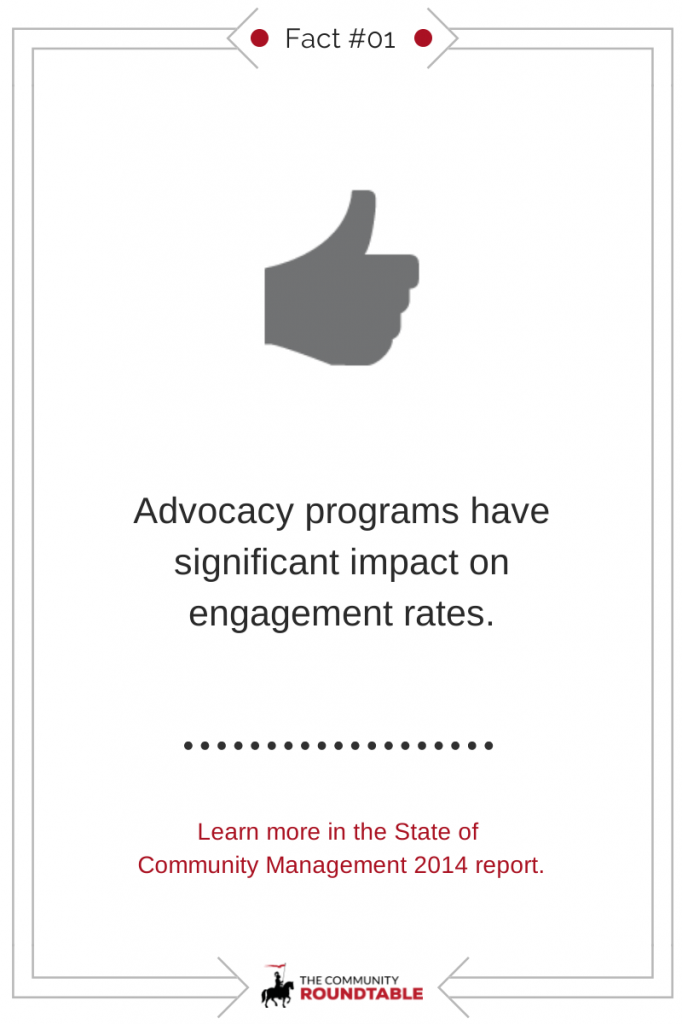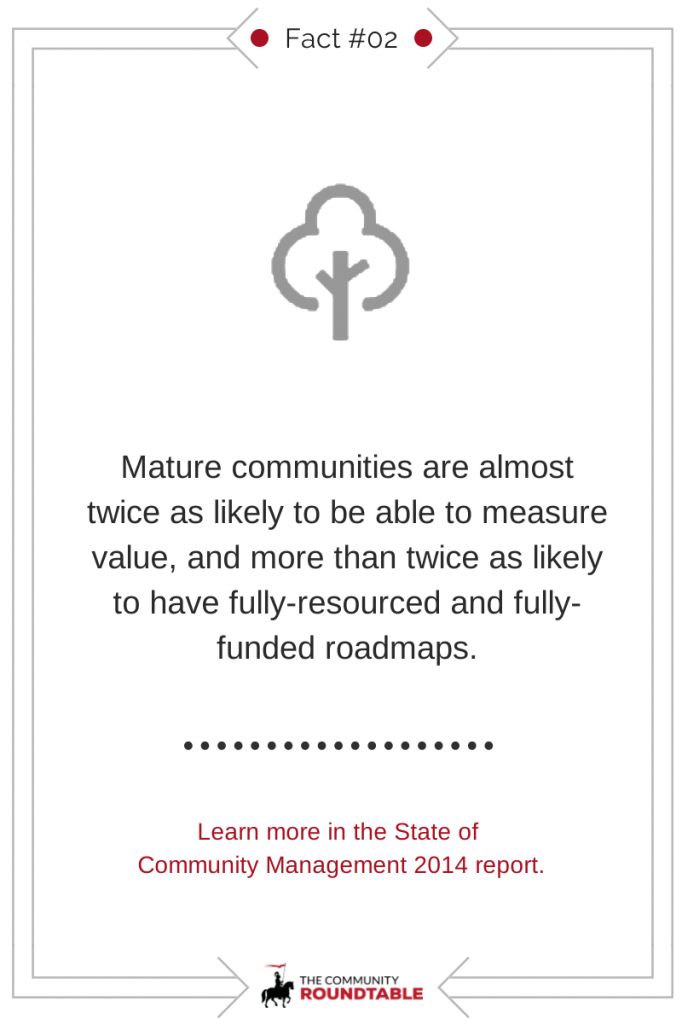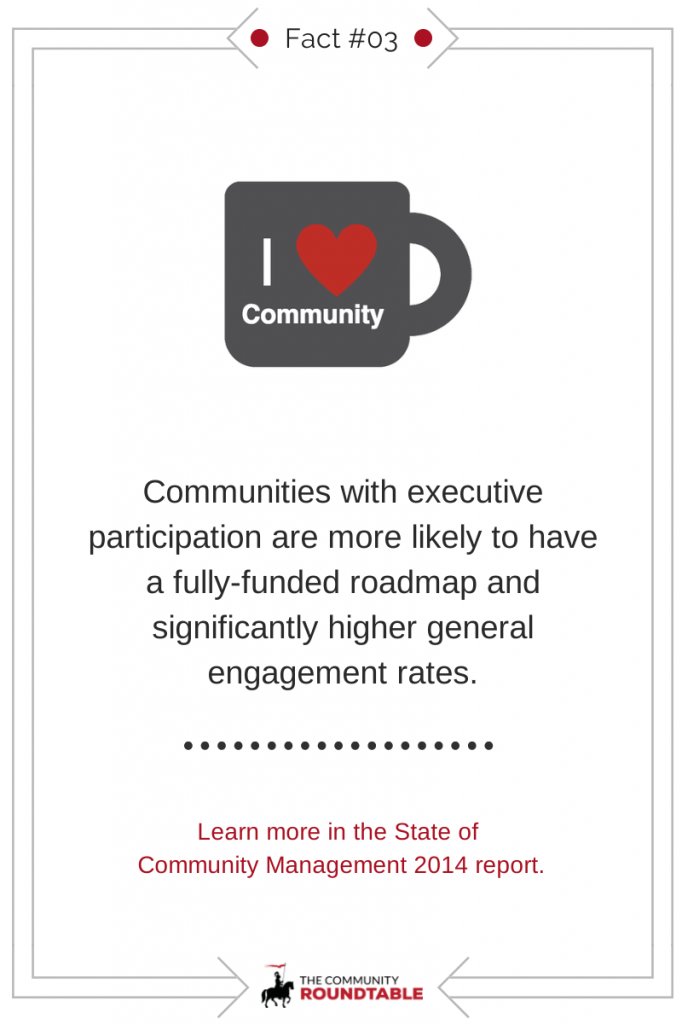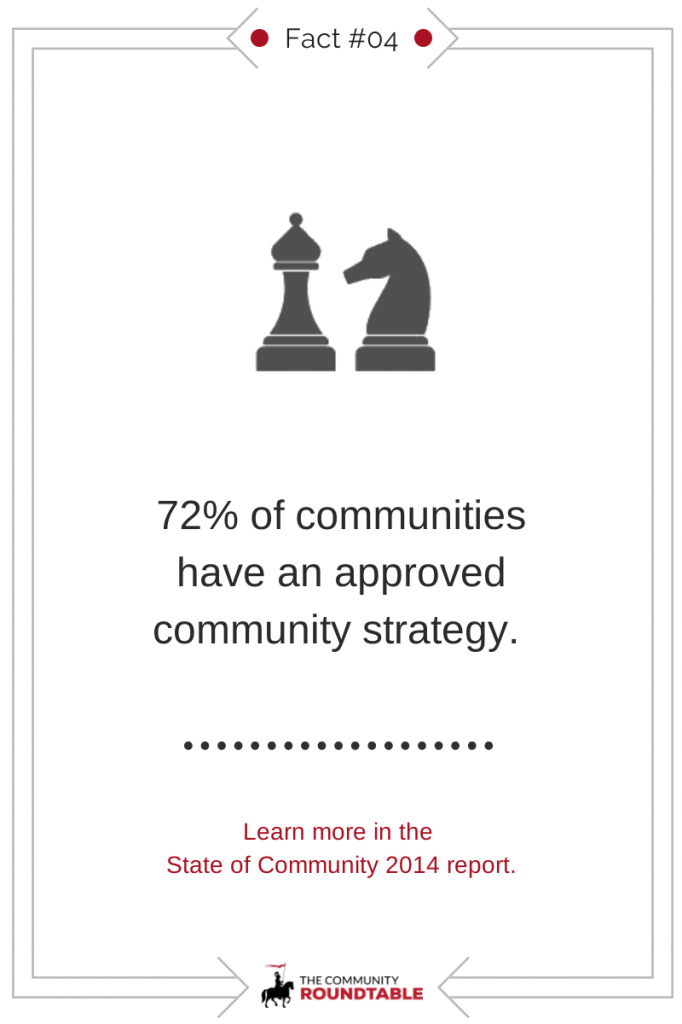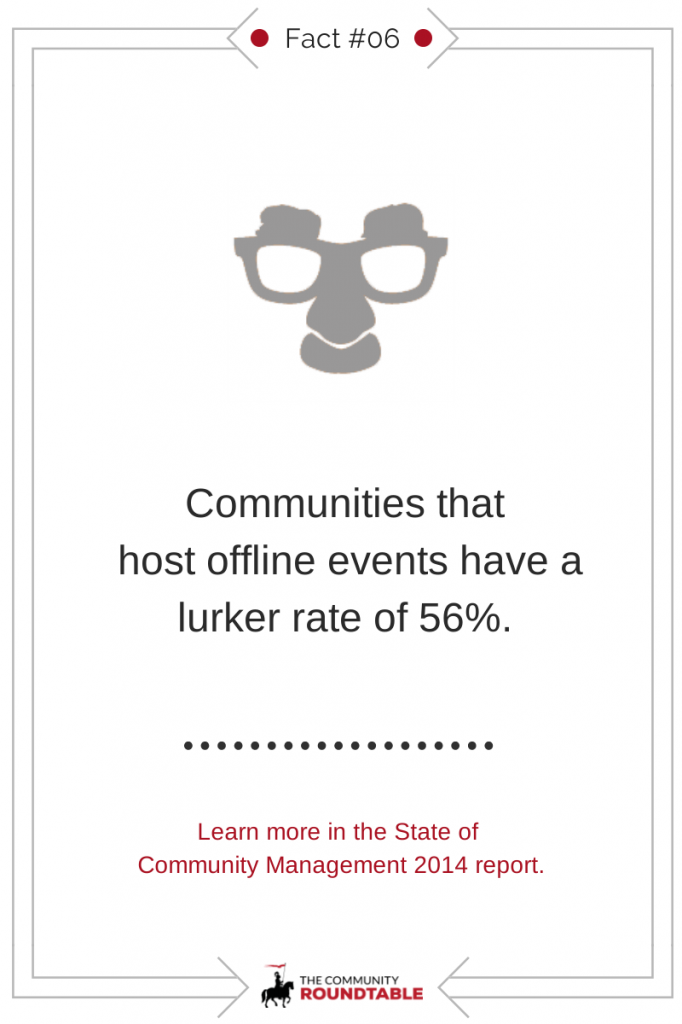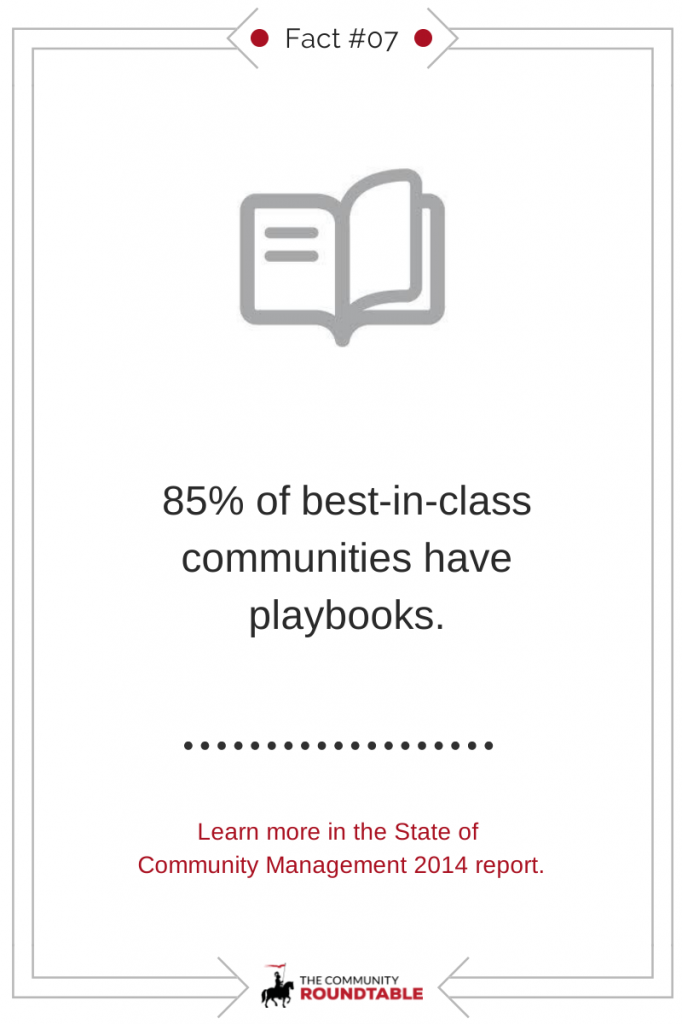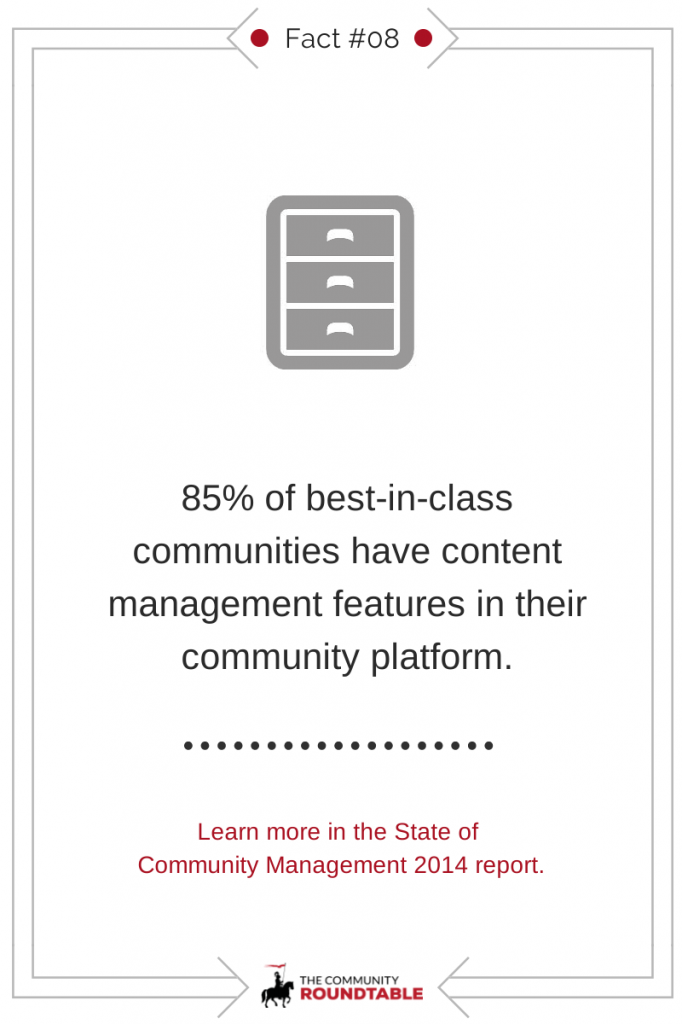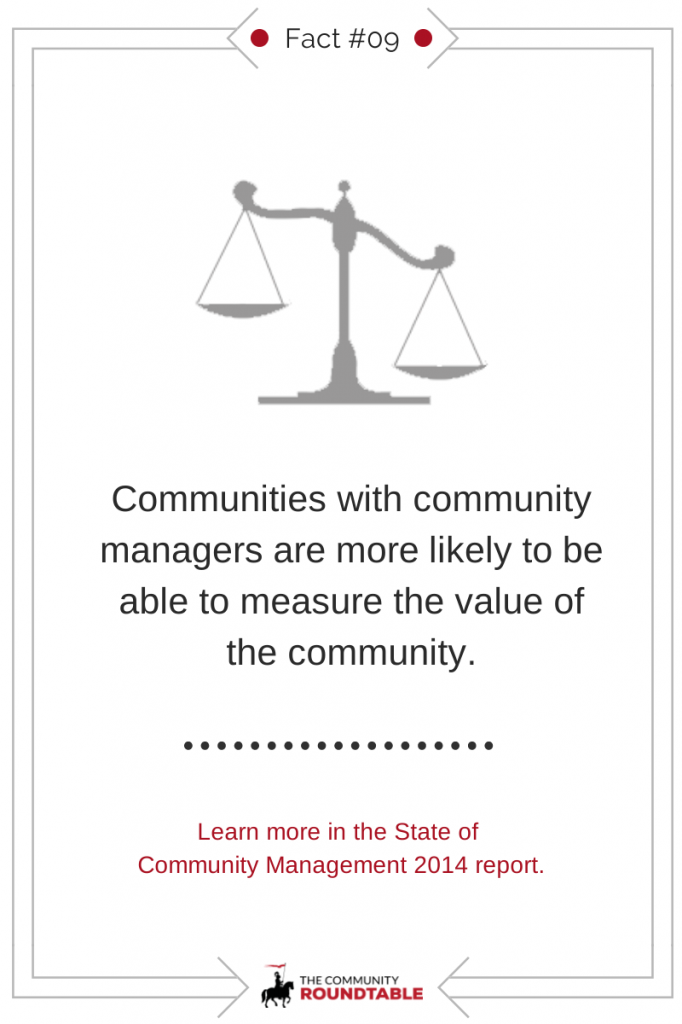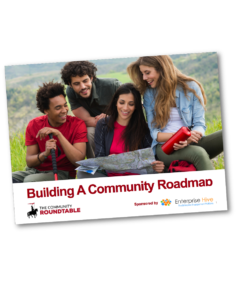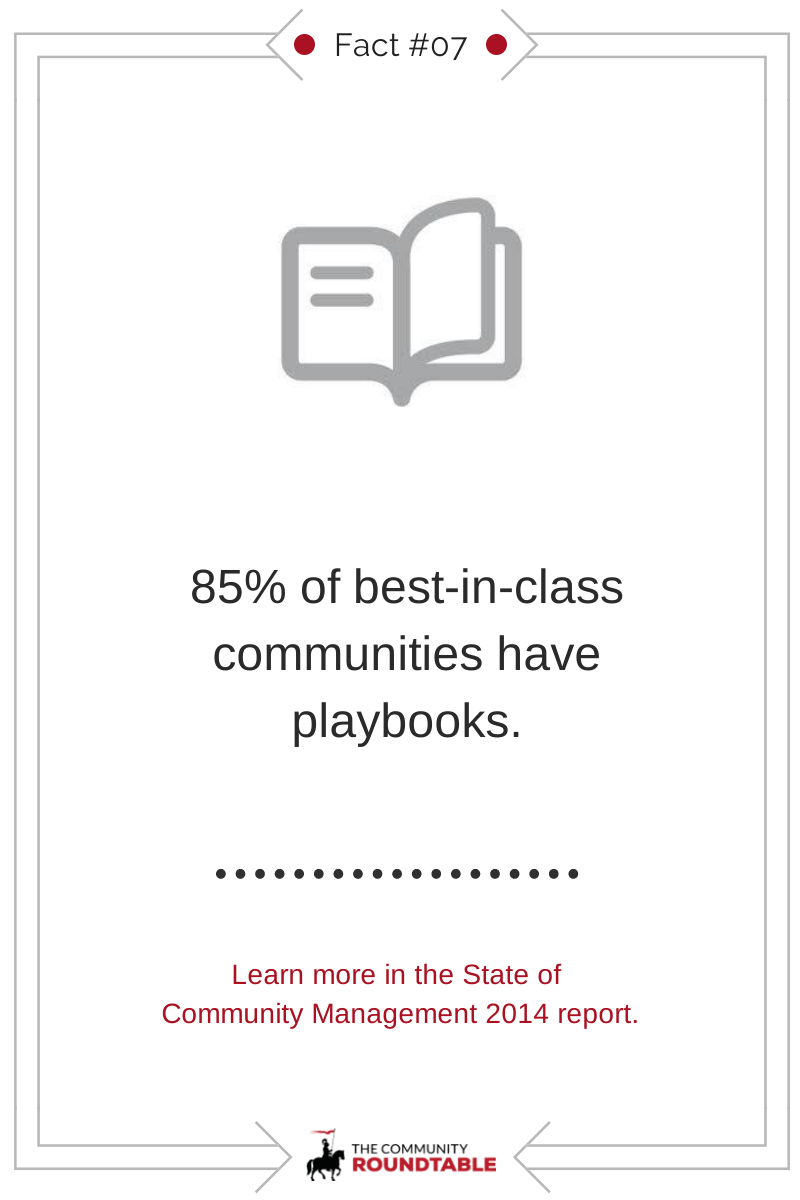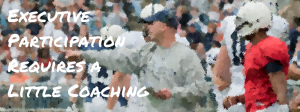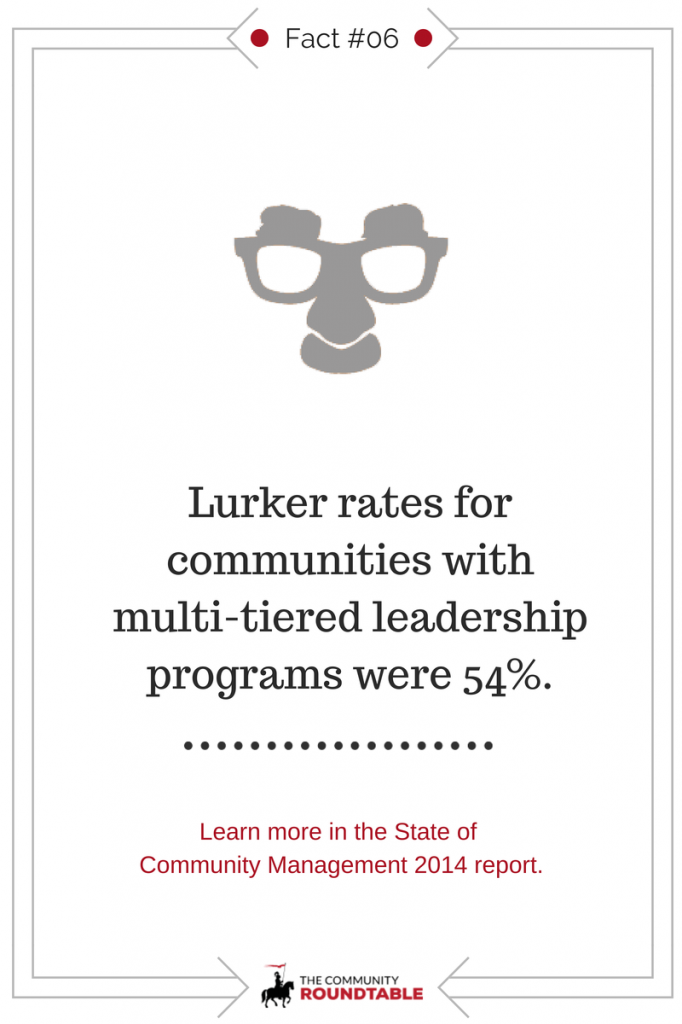By Shannon Abram, Relationship Manager at The Community Roundtable.
One of the most daunting tasks for many community managers is dealing with community metrics. A member recently approached us with the following question: “I’m getting started with tracking metrics for my community and looking for guidance – where do I begin? What metrics are most important to track?”
Like so many community issues there is no one-size fits all solution (probably not the response you wanted to hear!) We can tell you that through the State of Community Management 2014 report we found that 85% of best-in-class communities can measure the value of their community, so clearly measurement worthy goal. We’ve put together three best practices for getting a metrics and measurement program off the ground:
1. Ensure you have a clear and measurable strategy.
Almost 80% of best-in-class communities have a measurable community strategy. Why? That – more than anything else – will give you clear guidance on what to track by articulating the business goals and behavior change you hope to see.
2. Identify a consistent reporting timeframe.
About 60% of survey respondents prepare reports monthly. Reporting more often is likely a waste of time because behavior change takes time, but reporting monthly is often enough to get the feedback everyone needs to make adjustments to tactics.
3. Determine reporting audiences.
Think about who will be viewing your progress and goals. What story are you trying to tell them? Choose metrics that support the goals of your community and can be easily understood.
We also recommend both preparing monthly reports to track activity and sharing results with stakeholders and aligning your reporting with your community’s objectives to best engage your community stakeholders.
Do you consistently report on community metrics to your team? How did you decide what to report on, and how do you present this data in a meaningful way to your stakeholders?
Want more insights like these? Download the free State of Community Management 2014 report, and keep an eye out for the State of Community Management 2015, due out this spring!
—-
Want to access a global network of community professionals? Learn how membership in TheCR Network can provide 24/7 365 networking, training, professional development, and education.
